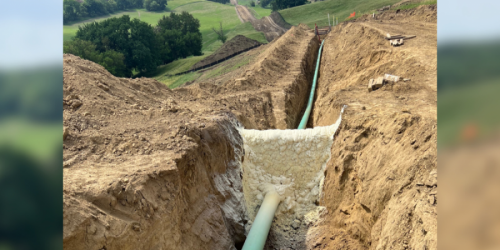Q&A Forums
crawl space ventilation Post New Topic | Post Reply
| Author | Comments |
|---|---|
|
Edward Brassington
Posted: Sep 27, 2008 09:44 PM
|
crawl space ventilation
I operate my business in Central Ontario, Canada approximately 80 miles North of Toronto. We are spraying quite a few crawl spaces underneath houses. These are typically 2-4 feet in height,concrete block, poured concrete, and field stone. Many of these have vents in the walls. If I am spraying three or four inches of two pound foam to the crawl space walls, What should I do with the vents? Should they be sprayed and sealed shut? Or should they be left open with some sort of temporary winter insulation. We have found that the crawl spaces where we spray the vents, the crawl spaces have become much drier over time, I am just not sure what is the right approach for our climate. One other question, Is it recommended practice to install vapour barrier/ plastic sheeting on the ground before spraying the crawl space walls? What are the benefits or drawbacks? Thanks Ed |
|
Jim Coler
Posted: Sep 27, 2008 10:03 PM
|
If your'e spraying the walls, you would want to seal off the vents too. But, you have to make sure you have a good vapor barrier on the ground. We spray the vapor barrier in witht he foam on the walls. This works very well if the customer or their other contractors ever have to get into this space for mechanical work. It also includes any mechanicals like HVAC and plumbing inside the envelope. |
|
mason
Posted: Sep 29, 2008 03:21 PM
|
The moisture source in the crawl space typically is the ground and so it is appropriate to install plastic to prevent the moisture from going into the inhabited spaces. In warm humid climates the outside air is a significant moisture source and can contribute to increasing the humidity in crawl spaces. However, in colder climates, typically the warmer moist air in the inhabited areas. Venting should assist in drying out wet crawl spaces in these conditions. But if the ground is fairly dry then venting is not required. As always, perform a hygrothermal modeling study on the conditions so that you can make the most appropriate specification. |





























